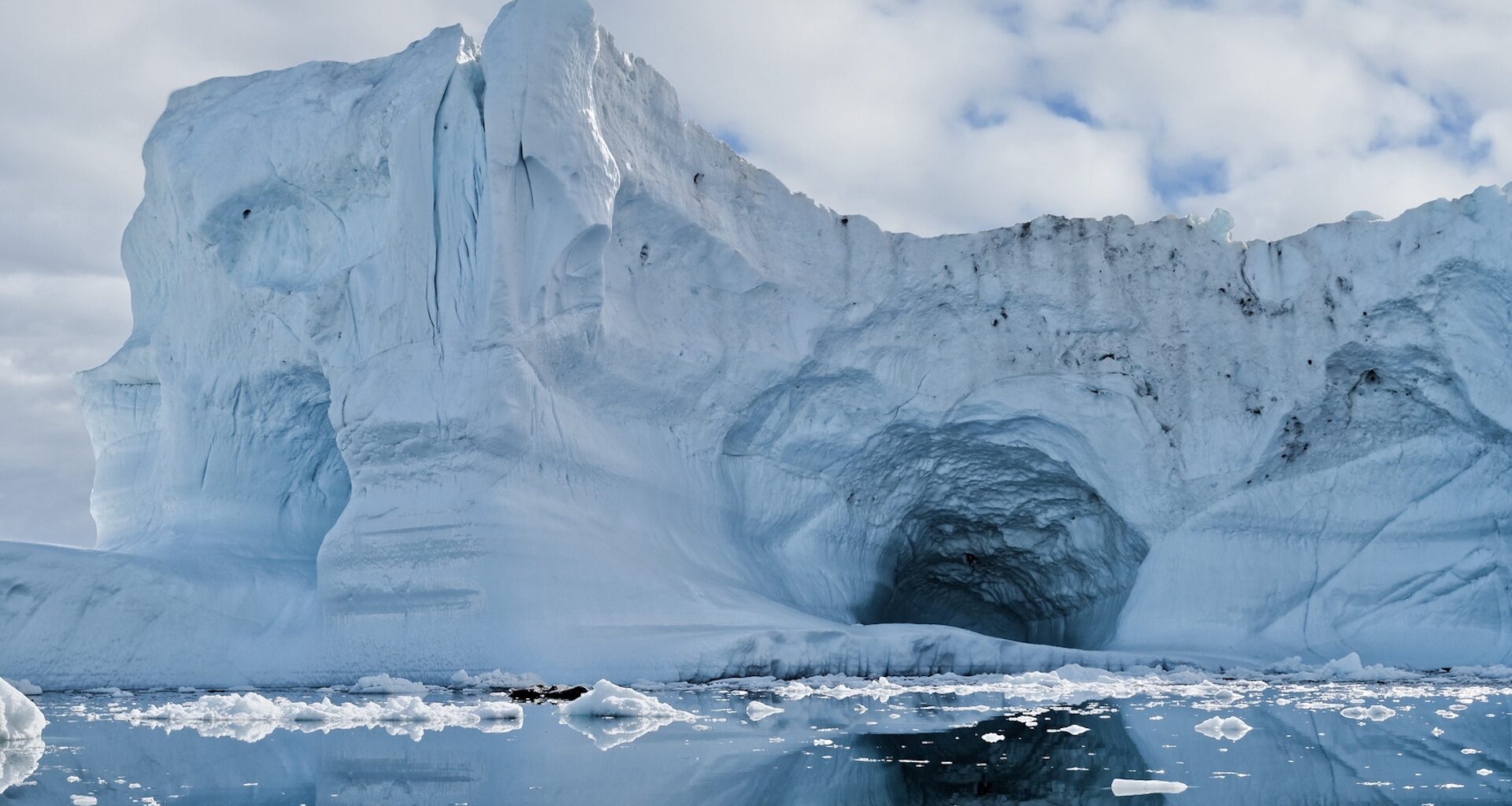Scientists have discovered a cave in Greenland that provides evidence of a time when the Arctic ice of Greenland was fully melted.
This discovery can expand what we know of Greenland’s past, Earth.com explains.
What’s happening?
Researchers from the University of Innsbruck in Austria studied mineral samples that led them to this cave below the ice.
The calcite they found cannot be formed under ice, which means the icy environment of Greenland once had to melt enough for liquid water.
The research, published in Nature, dates this period to somewhere within a span of 9.5 to 5.3 million years ago, when air temperatures were 55 degrees Fahrenheit higher than they are today.
The study’s lead author, Gina Moseley, described the mineral deposits as “tiny time capsules” and said, “They show that northern Greenland was once free of permafrost and much wetter than it is today.”
Mitsubishi Electric’s efficient heating and cooling HVAC solutions can help you stay comfortable no matter the weather or region. You can even regulate temperatures in each room with individually controlled all-electric heat pump systems.
With an energy-efficient, all-climate system from Mitsubishi, you can reduce the amount of energy needed to heat and cool your home, receive up to $2,000 in tax credits, and get peace of mind knowing you’re choosing rigorously tested, high-quality products.
Cooling air temperatures, cooler ocean water, and shifting sunlight patterns allowed Greenland to freeze and become the icy mass it is today. First, the ice froze, melted, and refroze in cyclical patterns. Gradually, it settled into a more static state with permafrost.
Why is a frozen Arctic important?
This study demonstrates that the Arctic has melted before, but the Earth of millions of years ago is not the same Earth we inhabit now. Shifting Arctic temperatures and ice melt have important, sometimes dangerous consequences for communities around the world.
“The Arctic has never been a stable system,” said Moseley. “It shows how dynamic this region is and how quickly environmental conditions can change.”
Ice melt in Greenland has a large impact on sea level rise. According to NASA, sea levels have risen about 2.5 inches since 2002. This rise in sea level poses multiple risks to communities along the coastlines. For instance, drinking water in the Delaware River Basin is at risk of becoming contaminated with ocean water.
It also impacts extreme weather events, especially those related to flooding. Recent studies have focused on the Bay Area, proposing strategies like restoring wetlands and building flood gates to mitigate the worst dangers of rising waters taking parts of the region’s cities.
What’s being done about Arctic ice melt?
Continuing to burn dirty energy sources like coal will further add to the heat-trapping pollution that spurs Arctic ice melt. Transitioning to cleaner sources of energy like solar and wind can help.
Organizations like the Arctic Ice Project are using technology to try to reduce ice melt at the source through methods like blocking sunlight from reaching young ice.
Studies like that coming out of the University of Innsbruck help to tell the full story of Arctic ice so experts can better adapt to the situation.
“Our results highlight how sensitive the Arctic climate is and that every fraction of a degree matters,” Moseley told Earth.com.
Join our free newsletter for good news and useful tips, and don’t miss this cool list of easy ways to help yourself while helping the planet.


